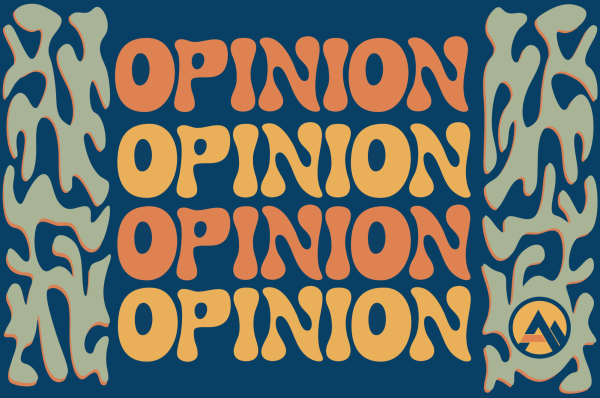OPINION: It’s not autonomous, it’s automatic
October 25, 2019
Imagine a robot so realistic and sophisticated it could answer questions with original answers, communicate with emotions and think for itself. Imagine a robot so good at communicating with humans that it works as a secretary in an office and accepts a position as a news anchor for a side job. Imagine this robot, but has soft skin and hair with a female voice, and that’s Erica: the Japanese android venturing further into human-like aesthetics than any robot of its kind before.
When describing robots that resemble humans, two words are usually used: humanoid and android. Humanoid means vaguely human-like robots, like C-3PO in “Star Wars” or Ultron in the Marvel Cinematic Universe. Androids transcend humanoid design to look even more like humans, with the possibility of exact replication. Androids are often presented in a way that makes them seem autonomous, meaning self-aware and capable. Most robots, however, are only automatic, meaning they operate via human-controlled algorithms and coding.
Two androids in particular have become famous in recent years: Sophia, from Hanson Robotics in Hong Kong, and Erica, a creation from Hiroshi Ishiguro, the director of the Intelligent Robotics Laboratory at Osaka University in Japan.
Both Sophia and Erica are incredibly interesting, if not creepy, to watch. After all, both are regarded as tangible, popular representations of artificial intelligence. This is because in interviews and in conversation both Erica and Sophia seem to respond to human questions with original, reflective thought.
AI is associated with fictional characters like “Ex Machina’s” Ava — supremely futuristic, autonomous and self-aware creatures who are almost too human to be considered robotic at all. Erica and Sophia are robots, not AI, but remind us of the AI stereotype, which leads to a dangerous misconception.
AI is a multi-categorical scientific concept, and it has plenty of caveats. With the hype of new androids, eager and curious Google-searchers watch these technological feats in action and immediately assume the presence of AI technology.
It’s become fact that hot-topic issues gain more views and clicks online than most real stories, especially in the age of social media. Thus, it’s often more profitable for news outlet, fashion articles and documentaries pertaining to android development that give the illusion of autonomy to robots, where in reality, most of their content is automatic. In no way are we near “Ex Machina” levels of AI development, no matter how eerily human some androids appear.
In 2017, The Guardian posted a documentary named “Erica: Man made.” In this documentary, the narration strongly suggests Erica has emotions, feelings, wants and dreams — Erica itself refers to Ishiguro as a “father figure” as it seems to joke, reflect and autonomously respond to the interviewer. But, it’s more than clear that the majority of Erica’s content was incredibly staged, if not entirely automatic. No real autonomy was ever exhibited.
However, the documentary called Erica “the world’s most autonomous android.”
Erica’s not alone. Sophia appeared on “The Tonight Show” with Jimmy Fallon to sing a duet and answer questions about its newest developments, even debuting its “little sister.” The production presented Sophia in a manner that made it seem autonomous, but it’d be difficult to prove autonomy, considering its responses were oddly timed and clearly read from a pre-programmed response.
Though Sophia is an android, it is still automatic. There is no evidence for its autonomy.
There’s far more to the implications resulting from the creation of Sophia and Erica. Questions about the development of AI are valid, and questions about the creation of more androids and their improvements are important. It’s not a matter of if robots will reach sentience and autonomous programming, but when. However, irresponsible news and marketing cannot continue to misinform.
Making Sophia and Erica the faces of AI development also discredits the reality of AI development. Companies like Tesla and Samsung are working to create fully self-driving cars and autonomous robots for health care purposes. With these creations and technological advancements, maybe more advanced AI could be a possibility in the near future.
Until then, the difference between autonomous and automatic needs to be emphasized when discussing androids and robotics, no matter how “human” these technologies seem. Without this understanding, there’s too much potential for misinformation to create opposition to the technology of the future. Even Hanson Robotics acknowledges its work is more of “an AI research project, and a kind of living science fiction.”












